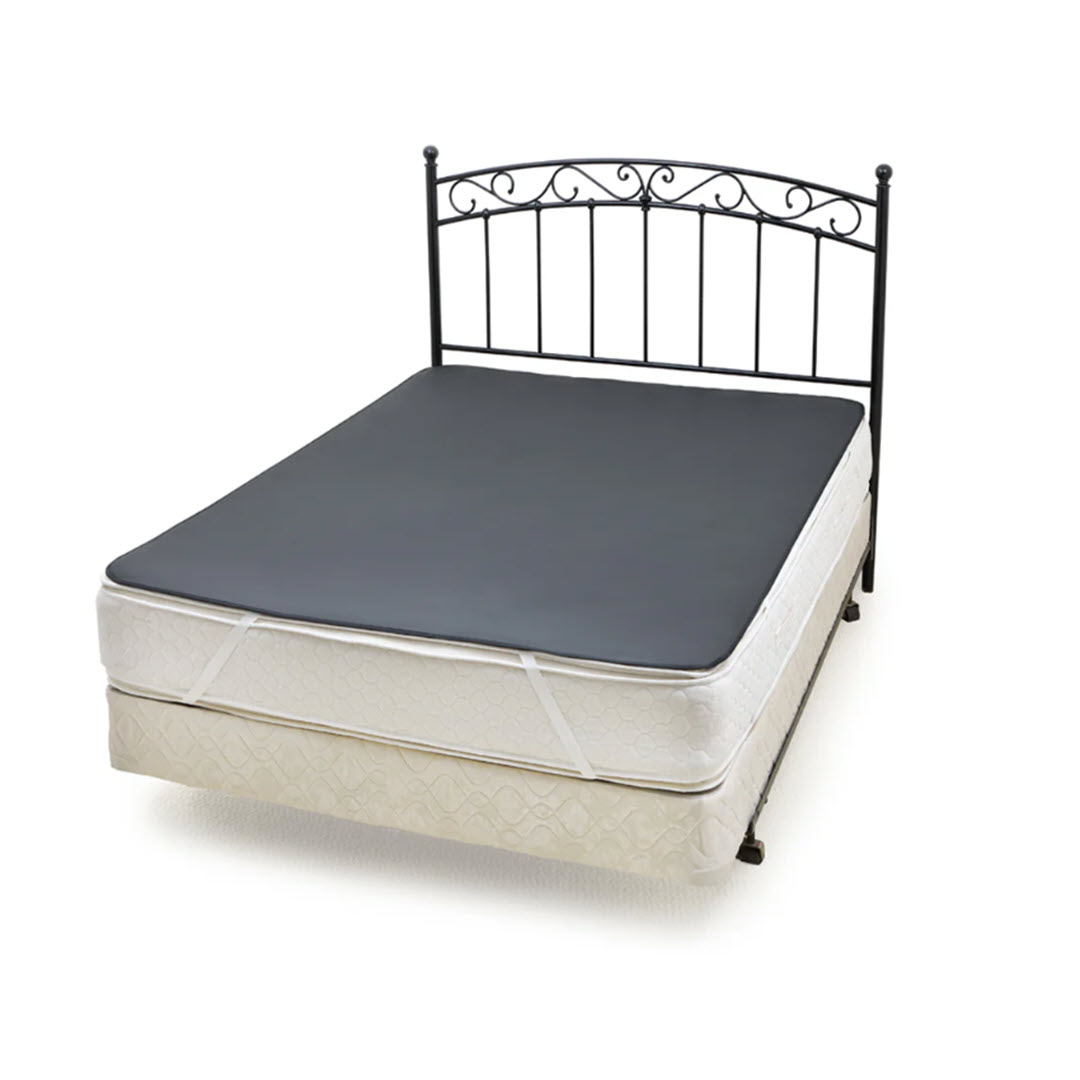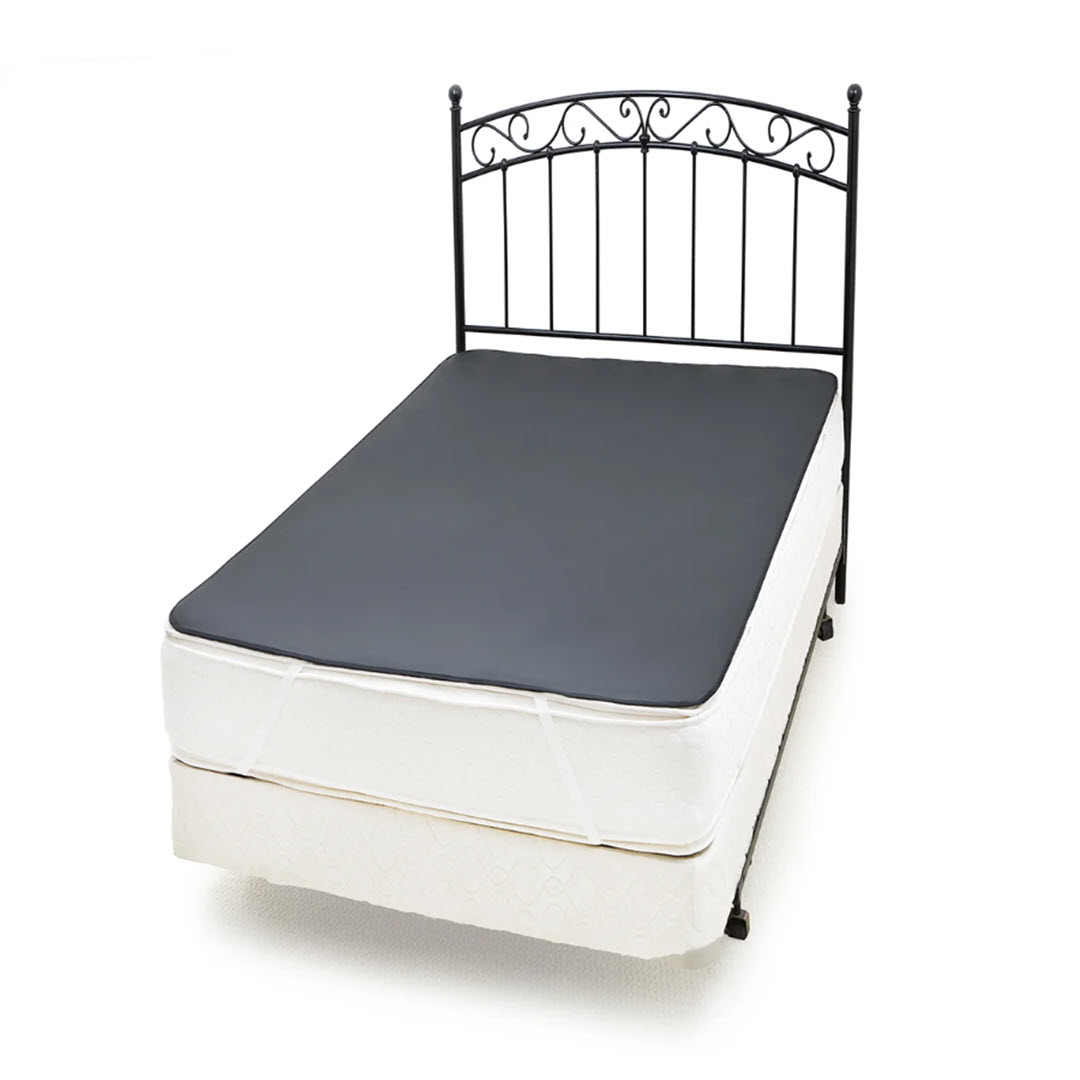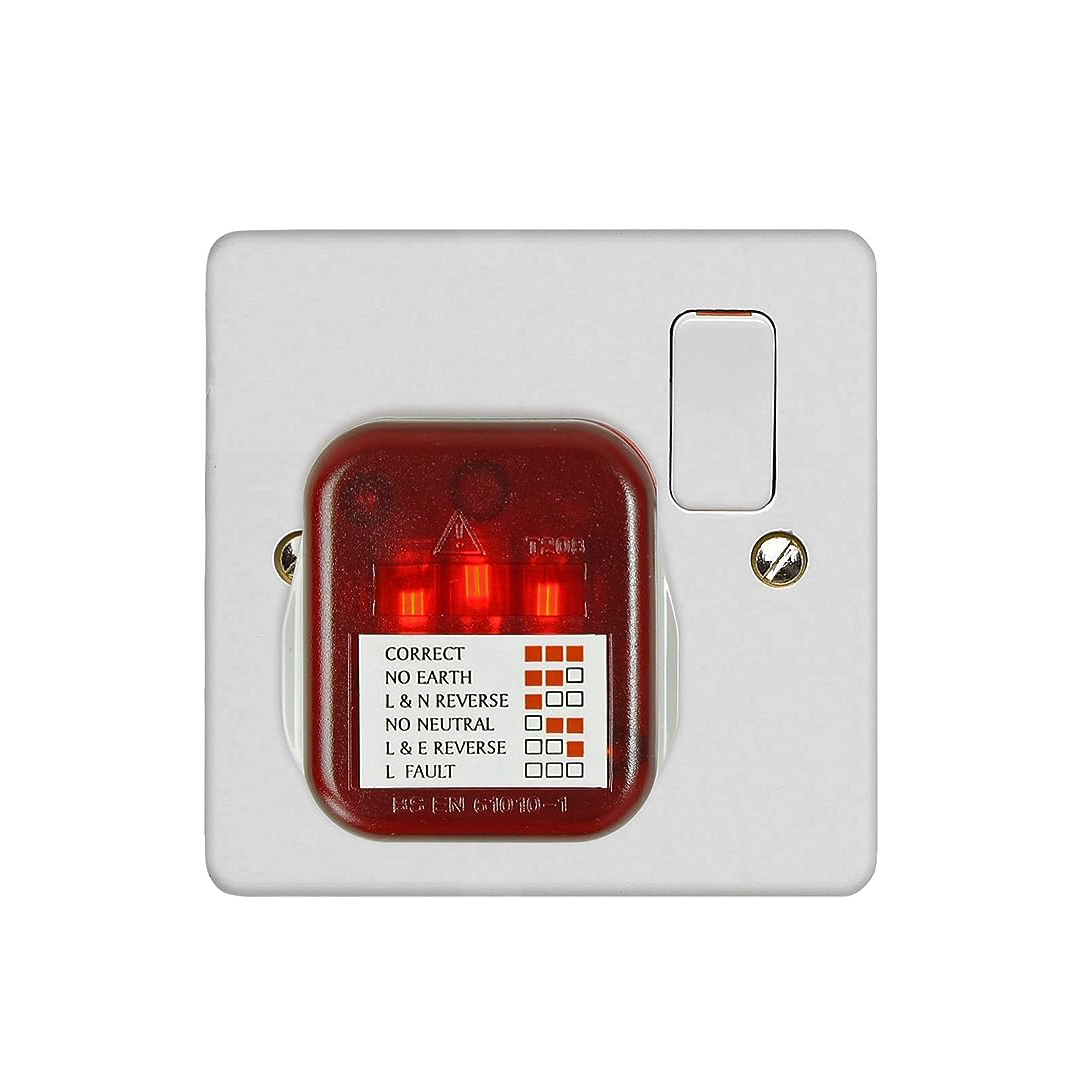Let's get started!
Electrical grounding is a term that many of us have heard before, but few of us really understand. It’s mostly used to describe a safety measure used within buildings. However, grounding can also be applied to humans where it can have various health benefits. This post explains more as to how electrical grounding works.
What is electrical grounding?
Electrical grounding is a way of directing excess electricity to the ground (usually via wires called grounding wires). This allows the excess electricity to escape into the earth, instead of circulating around a building where it could be potentially dangerous and destructive.
Excess electricity can enter buildings in the form of a lighting strike or a power surge (often due to faulty electrical systems within a building or an external power grid fault). Electrical systems within buildings are only designed to withstand a maximum current before they overheat. Once overheated, wiring can become permanently damaged and fires may even break out. On top of travelling through wiring, excess electricity can also pass through conductive materials within a building such as metal pipes (potentially causing a fatal electric shock if you happen to be washing your hands). Electrical grounding can help prevent this by helping this excess current pass directly through your home.
Other safety measures are often used alongside electrical grounding such as circuit breakers, which help to break the circuit when excess current is detected and stop electricity circulating around a building. Plastic insulation coating is meanwhile often added to metal pipes to help prevent the flow of current through pipes. However, electrical grounding is often seen as the most vital safety measure, creating a path of least resistance in order to divert electricity away from the rest of a building.
What are some methods of electrical grounding in buildings?
There are a few different methods of electrical grounding in buildings, all of which involve a grounding wire being directed into an electrode in the ground. Some of the main types of electrode include:
- Grounding rods: The most common and reliable form of grounding a building involves attaching a wire to a 8 to 10ft copper-coated steel rod in the ground. This rod directs the electricity into the ground.
- Grounding plates: Another option is to attach a wire to a small copper plate. This plate doesn’t have to be buried as deep and may be preferable where the ground is much harder.
- Ufer ground: In places with very dry ground, a wire can be run directly into a concrete foundation. The electricity then travels through the concrete into the ground. This is known as an ufer ground. It is not as long-term a solution as a grounding rod or grounding plate as the concrete can be damaged after a single power surge.
- Water pipes: An uninsulated water pipe can be used to help ground a building, however this is not as reliable as other methods. In fact, building code typically requires buildings to use another form of grounding rather than solely relying on a pipe. Some buildings still use it as a supplementary form of grounding.
Can electrical grounding be applied beyond buildings?
Electrical grounding is not just used in buildings, but many other structures such as radio mast, lampposts and pylons. If the structure contains electric wiring, grounding is typically essential to prevent these components being damaged if there is a lightning strike or power surge..
Vehicles are also often ‘grounded’ although this doesn’t actually involve transferring electricity into the ground. In a car, electricity cannot travel directly into the ground because the tires are made of rubber. Instead, it is directed into the metal frame of the car, which is attached to the negative terminal of the battery. This essentially contains the electricity within the frame so that it does not circulate around your vehicle and damage other electric parts (or cause you a nasty electric shock).
What about people? Can you ground human beings?
Humans are roughly 60% water. On top of this, our bodies contain all kinds of other chemicals that serve as ions. We are essentially walking, talking, electrical conductors.
This begs the question: can you ground a human being? Technically, yes – you can ground yourself by attaching yourself to a wire and metal rod in the earth just like a building, but this is usually not practical in many situations. Instead, you’re better off exploring other ways to ground yourself such as walking barefoot, lying on the ground or using grounding equipment (such as grounding socks or an earthing mat).
These measures may not necessarily save you from a direct lightning strike. In fact, there’s little you can do to protect yourself from lightning once you’re hit other than pray that you’re lucky – staying inside a building during a thunderstorm is still the best preventative measure.
So just what types of currents can grounding protect you from? Well, grounding can be a way of repelling smaller electric currents away from your body. This includes build-ups of static energy that can give us a static shock. It also includes the small electric overloads happening inside our bodies every day.
That’s right, there is already electricity in our bodies. In fact, it’s what powers our nervous system and causes us to think and move. Just like a building, our body can experience small internal ‘power surges’ of electricity that may be causing damage. In fact, studies have found that this excess electrical current within our body may contribute to problems such as:
- Chronic pain
- Sleep disorders
- Anxiety and depression
- Cardiovascular disease
Grounding could well be a great protective measure against these health problems – by releasing excess electrical current within your body, it’s possible that you may be able to reduce stress and inflammation. It’s something that more people are starting to explore and something that has been attracting growing research in recent years.
Curious to test out grounding for yourself? You can explore grounding techniques and equipment for people on sites such as this one. Give them a go and get grounded today!
















